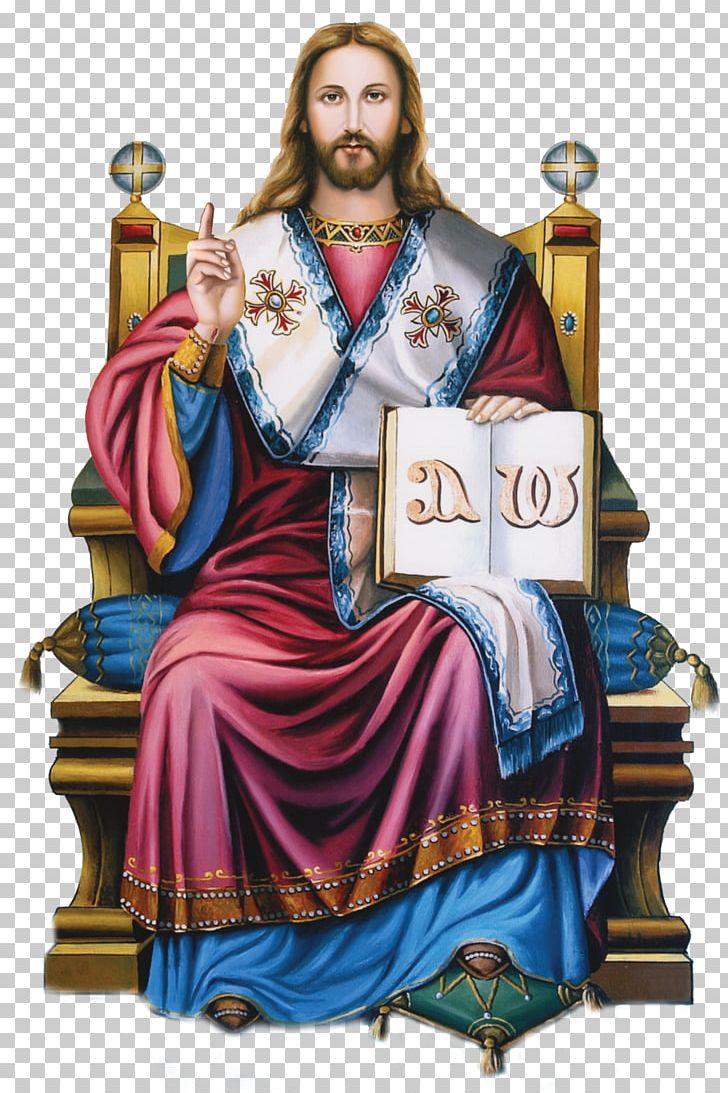Catechumens
What are the names of the following holy elements:
The cup
The bowl
The huge cover that gets put over the holy elements, on the altar.
The cup is called the Chalice
The bowl is called the paten
The huge cover that gets put over the holy elements, on the altar is called the Prospherine
The readings from the book of Acts are read during what part of the Liturgy?
"Whoever eats my flesh, and __________________________". (Reference)
"Whoever eats my flesh, and drinks my blood, abides in Me and I in him" (John 6:56).
What are the three shapes of the church?
The three shapes of the church are the ark, the cross, and the circle.
What are the 2 coptic letters in the picture below and what do they represent?

The 2 coptic letters are the Alpha and the Omega
They represent God being the beginning and end of times
Alpha represents the beginning of times
Omega represents the end of times
Why is the wine mixed with water?
The wine is mixed with water to represent the water and blood that came out of Jesus' side when he was pierced with the spear on the cross.
During the processions, the priest goes from the left side to the right side, what does that represent?
This represents going from darkness to light.
The Divine Liturgy of the Faithful in the Coptic Orthodox Church begins with the:
a. The Anaphora
b. The Gospel
c. The Prayer of Reconciliation
d. The Orthodox Creed
d. The Orthodox Creed
How many doors does the church have and what do they represent?
The church must have 3 doors which represents the Holy Trinity
Who wrote the book of Revelation?
The Book of Revelation was written by St. John
How many holes are in the obrana and what does each hole represent?
There are 5 holes and they represent the 5 wounds of Christ.
One for the Crown of Thorns
One for the Pierced Side
3 for the 3 nails on his feet and hands
During which reading is there no round of incense and why?
During the Catholic Epistle
What part of the orbana does the Priest put in the blood during the fraction?
The priest puts the Spadikon (The middle part) in the blood during the fraction
How many parts is the church consisted of and what are they?
The church is consisted of 3 parts which are:
1. The sanctuary
2. The iconostasis
3. The nave
What is the big picture behind the altar called?

It's called the Bosom of the Father
After choosing the lamb, the priest wets it by making the sign of the cross, what does this symbolize?
This symbolizes the Baptism of Jesus Christ
During what time of the year is the synaxarium not read and why?
During the Holy 50 days after the Resurrection so we don't mix the joys of the Resurrection with the sufferings of the martyrs'.
What does lifting up the prospherine symbolize?
Lifting up the prospherine symbolizes the resurrection of Our Lord Jesus Christ.
How many domes can the church have and what do they represent?
The church can have 3 domes or 5 domes.
The 3 domes represent the Holy Trinity
The 5 doors represent Christ and the 4 Evangelists
What are the four incorporeal creatures in this picture?
The four incorporeal creatures are:
A Lion
An Ox
An Eagle
A Man
what does each hour (from the agepya) represent:
The Third hour
The Sixth hour
The ninth hour
The 3rd hour reminds us of the ascension and the descent of the holy spirit.
The sixth hour reminds us of the crucifixion of christ
The ninth hour is the hour of the death of Christ.
During what reading does the priest proceed around the WHOLE church and why?
The priest proceeds around the WHOLE church during the Pauline Epistle because St. Paul went to many cities to preach about Jesus Christ.
The Holy Spirit transforms the bread and wine into the Holy Body and precious Blood of our Lord Jesus Christ during the ___________.
The Epiclesis prayer
What are the traditions of serving in the Sanctuary that contains the Holy Altar?
The traditions of serving in the Sanctuary are:
- No talking, only if needed
- No shoes
- Wear service clothes
What is the Creed and why is it important?
The Creed is our Faith and it's important because it outlines the story of salvation. From the very beginning of times though the incarnation, crucifixion, resurrection, ascension and to the last judgement and end of times.